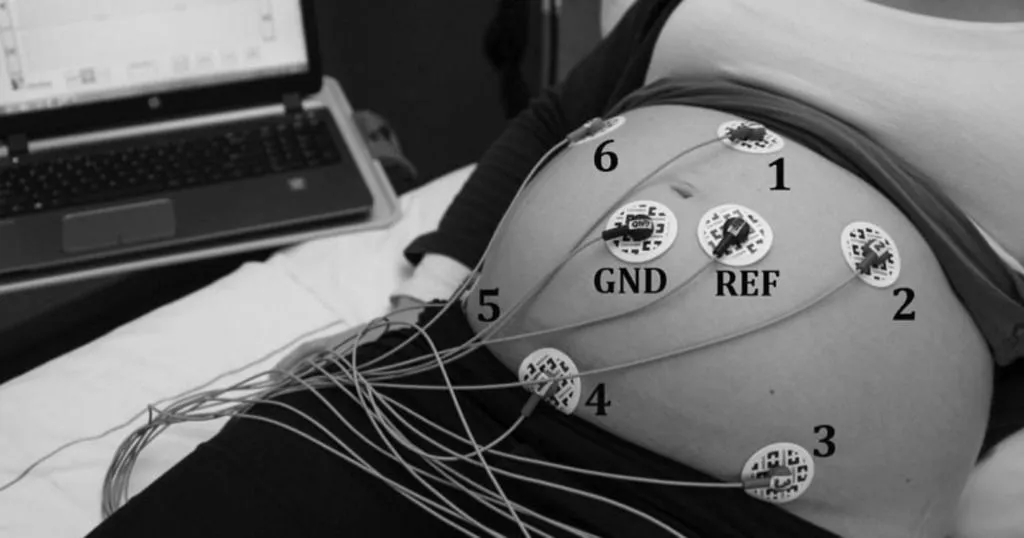Clinical interviews – analyzing verbal and non-verbal behavior
In general, researchers choose the methods and techniques that best suit their research objectives. That’s no different when researching doctor-patient communication or any other clinical interview setting.
Posted by
Published on
Wed 15 Feb. 2012
Topics
| Doctor-patient Interaction | Methods And Techniques | The Observer XT | Video Observation |

In general, researchers choose the methods and techniques that best suit their research objectives. That’s no different when researching doctor-patient communication or any other clinical interview setting.
Some researchers use audio recordings to study verbal behavior while others try to get more insight in non-verbal behavior by recording behavior on video.
Both of these techniques are aimed at studying the interaction process between clinician and patient. For each research question a different approach can be selected.
Let’s have a look at two different approaches. In communication verbal and non-verbal behaviors can both be essential to understand the meaning of an utterance or statement. However, in these cases researchers have chosen to study either verbal utterances or non-verbal behavior.
Download here the FREE white paper 'How to set up behavioral coding - 7 tips'Non-verbal behavior
Montague and colleagues presented a study in which they analyzed non-verbal behavior in clinical interactions, specifically, looking into eye gaze behavior patterns (eye gaze behavior is considered an important aspect of doctor-patient interaction). They introduced a new method to evaluate gaze behavior patterns in doctor-patient interaction based on a lag sequential analysis for the description of eye gaze orientation between clinicians and patients. Video coding of behaviors of the clinician and the patient (using a coding scheme developed by Krippendorff, 2004) has allowed them to analyze non-verbal behavior patterns and draw conclusions: ‘the clinician’s gaze significantly affects the medical encounter but the converse is not true’ (Montague et al. 2011).
Verbal behavior
Then, Heyn et al. looked into verbal responses. A total of 193 consultations were analyzed. They made audio recordings and coded the conversations using task-focused categories of the Roter Interaction Analysis System (Roter and Larson, 2002). Heyn et al. coded the initiation of symptoms by applying criteria from the Verona coding definitions of emotional sequences (VR-CoDES, Zimmerman, 2011). As a result, they gained insight in the interaction between clinician and patient. A different kind of interaction when compared to what is presented by Montague et al. The background to Heyn et al.’s research falls back on a wish to test Choice, an interactive tailored patient assessment tool. The consultations coded in The Observer XT gave them insight in the effectiveness of Choice.
Interested? Read more about clinical communication in a free case study "Clinical communication - Using The Observer XT in physician-patient interaction".
- Heyn, L.; Finset, A.; Eide, H.; Ruland, C.M. (2011). Effects of an interactive tailored patient assessment on patient-clinician communication in cancer care. Psycho-Oncology, DOI: 10.1002/pon.2064.
- Krippendorff, K. (2004). Content analysis: An introduction to its methodology. Thousand Oaks, CA: Sage.
- Montague, E.; Xu, J.; Chen, P.; Asan, O.; Barrett, B.P.; Chewning, B. (2011). Modeling eye gaze patterns in clinician-patient interaction with lag sequential analysis. Human Factors, 53 (5), 502-516.
- Roter D.; Larson S. (2002). The Roter interaction analysis system (RIAS): utility and flexibility for analysis of medical interactions. Patient Education and Counseling, 46, 243–251.
- Zimmermann C.; Del Piccolo L.; Bensing, J. et al. (2011) Coding patient cues and concerns in medical consultations: the verona coding definitions of emotional sequences (VR-CoDES). Patient Education and Counseling, 82, 141–148.
Related Posts

The use of humor during doctor-patient interactions

Nurse patient interaction - two coding schemes

